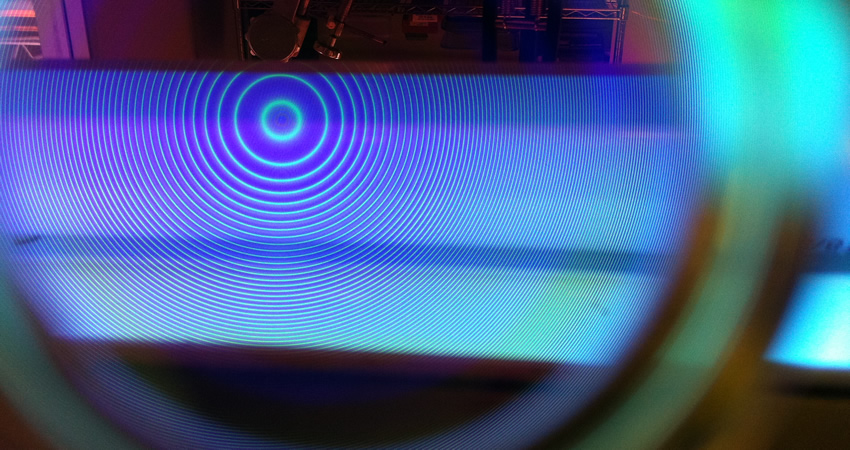Etalon Parameters
The basic parameters that control the design of the etalon are entered in the first panel 'Etalon Parameters'. After entering the basic parameters hit UPDATE. Voila, the graph will display the transmission of the etalon. And the Etalon Performance panel will display the FSR, finesse and expected transmission of the etalon.
Etalon Tolerances
The tolerances are the parameters that control the quality of the etalon. The default values represent fairly typical parameters but you can loosen or tighten the tolerances to see the effect of the finesse and transmission of the etalon. By hovering your mouse over the 'more' on the finesse label the program will display the parameters that are affecting or limiting the finesse. This can be used as a guide for changing the tolerances to achieve your target finesse.
Analysis Options
There are a few interesting analysis options that we have added on this generation of the etalon designer.
- 'Adjust thickness' tweaks the thickness of the etalon so that there is a transmission peak on the central wavelength.
- The x-axis scale can be changed from the standard wavelength response to Angle Tuning. The graph now displays the transmission of the central wavelength over a variety of angles and demonstrates the effect of angle tuning the etalon. The angle tuning graph does not take into account losses that may be caused by angle tuning. Without a collection lens some light will eventually be lost and polarization effects will also occur at larger angles.
- The x-axis now allows you to select the range and the units you would like displayed on the spectral response plot. The plot now resets to display a few fringes if the plot type is changed.
- The temperature tuning graph shows the peak transmission wavelength as a function of temperature based on the CTE and dn/dt of the etalon material.
- The y axis scale can be changed when looking at the spectral response to a log or Loss (in dB) scale
- Two beta features have been added:
- FSR Angle Range - This is an estimate of the range of input beam angles needed to see all wavelengths over a full FSR.
- Beam Divergence - This is an estimate of how collimated the beam needs to be to approach the total finesse bandwidth. This is an important number when collecting a range of angles onto a single small detector. This full angle of light, reduces the total finesse by the square root of 2. This comes from an equation for divergence finesse by Atherton et al, Optical Engineering, Vol. 20, No. 6, pp. 806-814 (1981)
SHARE
The share option allows you to send your design to a colleague or to LightMachinery for feedback or a quotation. You can even download a CSV file containing your plot data.
Spherical Mirrors
The calculator is setup by default to use two flat mirrors. By unchecking the 'Disable Spherical Mirrors' the calculator then uses an additional parameter; the mirror radius of curvature. In fact this parameter is not very critical, it only affects the mode size of the cavity. The finesse and transmission are improved as a result of any radius of curvature because a curved resonator is self aligning and somewhat immune to surface figure and tilt errors.
References
G. Hernandez, Fabry-Perot Interferometers, Cambridge Studies in Modern Optics: 3, Cambridge: Cambridge University Press, 1986
Born, M., & Wolf, E., Principles of Optics, 7th edition, Cambridge: Cambridge University Press, 2001
A. R. Martel and A. Fullerton, “An Introduction to the TFI Etalon,” Space Telescope Science Institute, Technical report JWST-STScI-002059, SM-12, 2010
R. Chabbal, C. Bellevue, "Finesse Limite d'un Fabry-Perot Forme de Lames Imparfaites", Le Journal de Physique et le Radium, Tome 19, Page 295, Mars 1958
Atherton et al, Optical Engineering, Vol. 20, No. 6, pp. 806-814 (1981)






